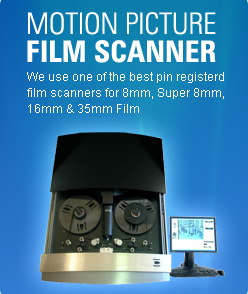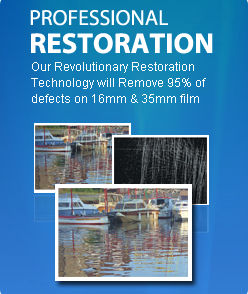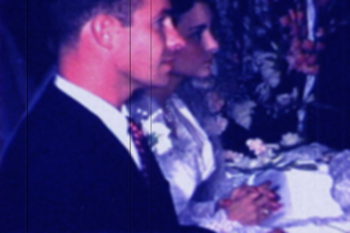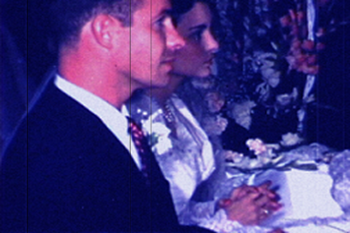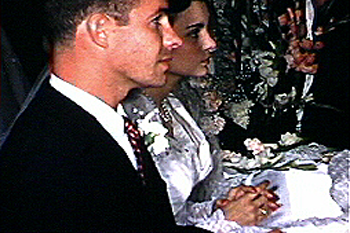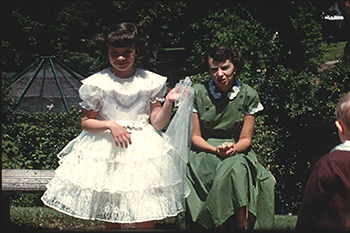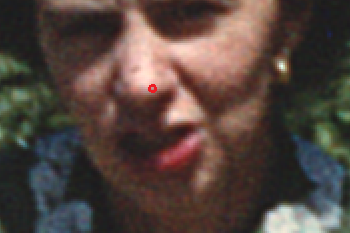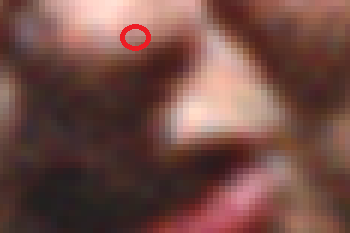
The first table shows how the same film looks using our 4 different processes. You can see that the difference can be significant for our Eugene customers.
The second table presents a case for scanning 8mm and Super 8 film at 2K resolution. In the past year we have done 20 comparisons. Contrary to popular belief, we do see a noticeable difference in quality between our Pro HD and Pro 2K process on 8mm and Super 8 film.
8mm And Super 8 Film Eugene |
|
SD Scan
|
|
Pro HD Scan
|
|
Pro 2K Scan
|
|
Pro 4K Scan
|
|
Film Resolution |
|
Resolution of Film |
|
Film Grain
|
|
Film Grain vs Digital Pixel
|
|
Eugene Fun Facts: Northwest coffeehouses and eclectic boutiques offer something for everyone. It is one of the most bike-friendly communities in the country, with an extensive network of paths and trails throughout the city. Eugene, Oregon enjoys a reputation as one of the most livable cities in the United States. The city is close to both the Cascade Mountains and the Oregon coast, and its community combines the best elements of small town charm and big city culture.
Oregon Fun Facts: In 1846, the border between U.S. and British territory was formally established at the 49th parallel – the part of the territory that was given to Britain would ultimately become part of Canada. Oregon was officially admitted to the union as a state on February 14th, 1859. Today, Portland, Oregon’s largest city, is considered one of the top cities in the nation in terms of quality of life, and the state is also known as one of the nation’s top producers of wine, boasting over 300 wineries.
